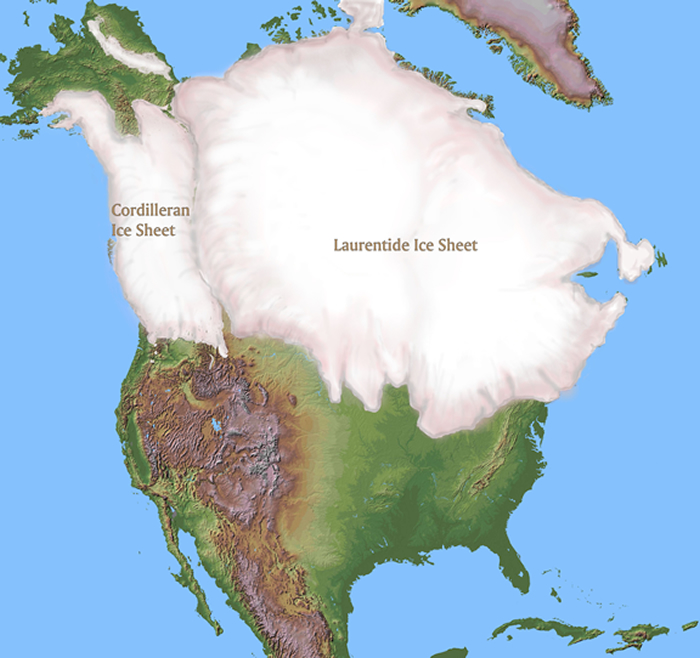- May 20, 2009
- 144,258
- 66,563
- 2,330
Whaaat? You hold me responsible for what OldRocks posted?
I hold your responsible for not recognizing an obvious typo, yes.
You actually believed scientists said "Oops, we were off by a factor of 30 on climate sensitivity, no biggee", and then you went off on an idiot rant based on that stupid belief.
Nobody with a brain would have believed that. They would have said "That seems very wrong. I better go check the source."
30% to 50% is a fucking absurd range that should be easily tested and verified with lab results.
Where's the lab work, Sparky?



